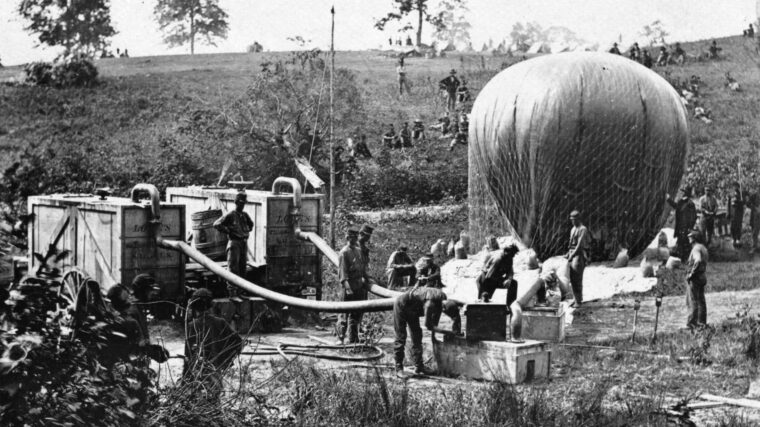
Union Balloon Corps
By Don HollwayA week after the first shots of the War Between the States at Fort Sumter in April 1861, the future of warfare came to Appalachia. Read more

A week after the first shots of the War Between the States at Fort Sumter in April 1861, the future of warfare came to Appalachia. Read more
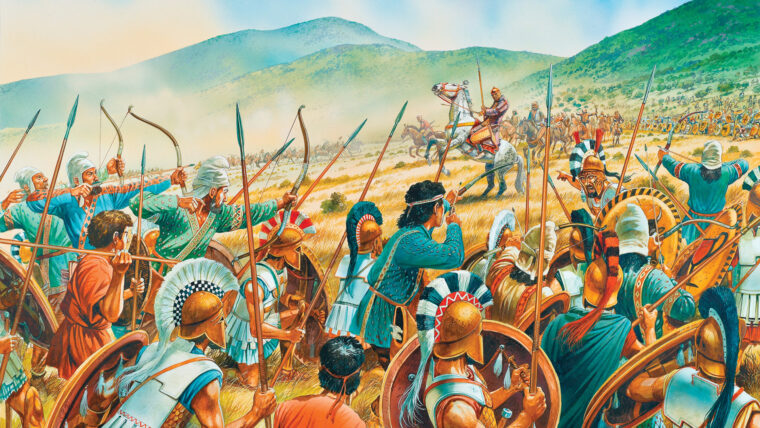
Persian King Xerxes I “The Great” was a man who liked to solicit different opinions before he made a decision on any important matter. Read more
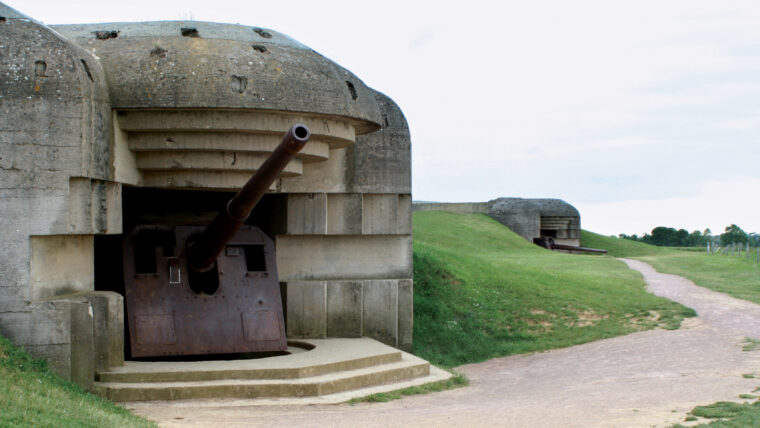
After overrunning France and other Western European countries in 1940, Adolf Hitler was certain that the Allies would one day attempt to invade the European continent and attack through the occupied countries to destroy his regime. Read more
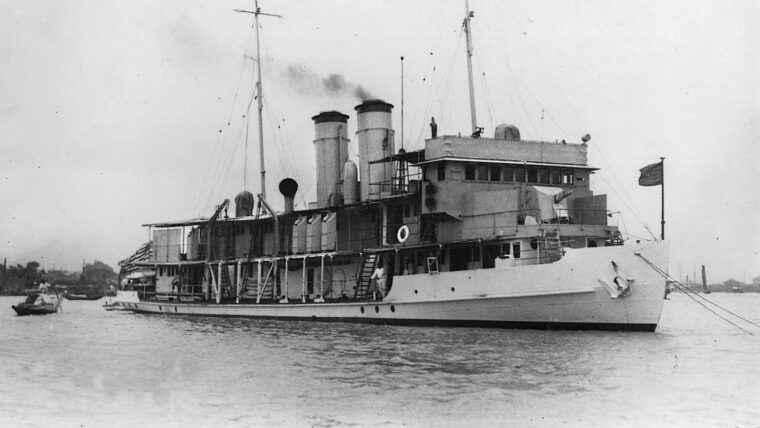
For some Americans, World War II started early. In December 1937, four years before the Japanese attack on Pearl Harbor propelled the United States into the war, Japanese planes attacked an American gunboat, the USS Panay, on China’s Yangtze River, strafing and bombing the boat, sinking it, killing three American crew members, and the wounding 45 others. Read more
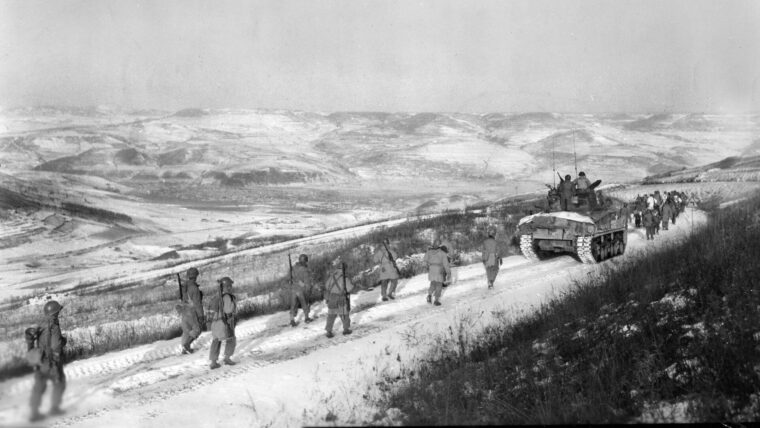
When dawn broke on December 1, 1950, on the barren hillsides on the eastern shore of the frozen Chosin Reservoir in northeastern North Korea, the ragged, tenuously held perimeter of the U.S. Read more
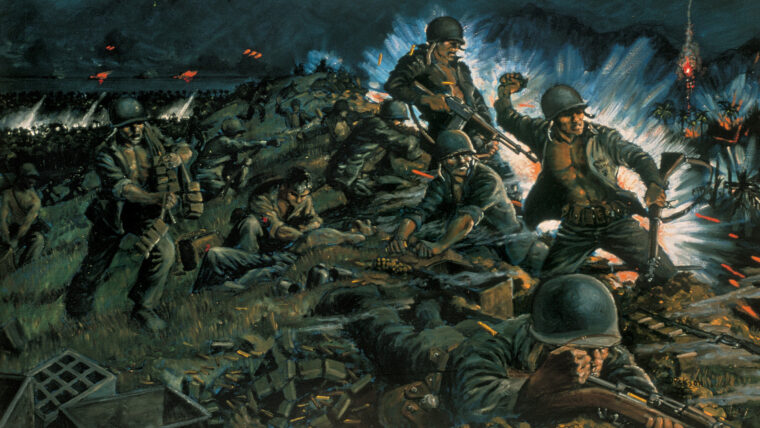
The column of sweaty, exhausted Japanese soldiers trudged single file through the thick, dark jungle. For days they had been pushing inland from the western end of Guadalcanal. Read more
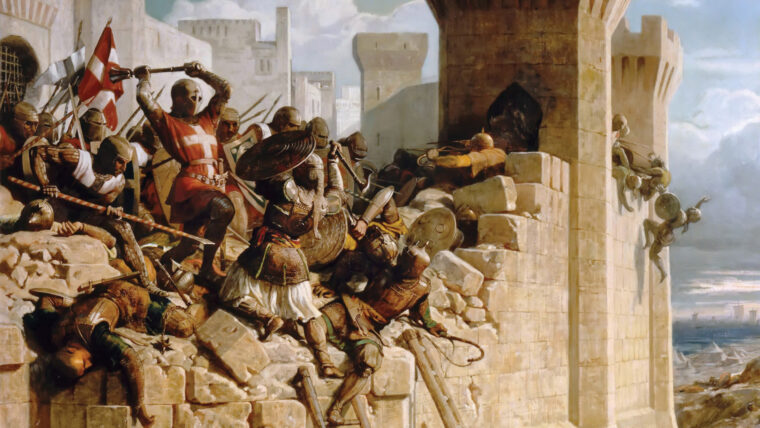
The Latin Crusaders manning the battlements were armed with spears, axes, and crossbows. They shared with each other a desire to fight and die for the Cross. Read more
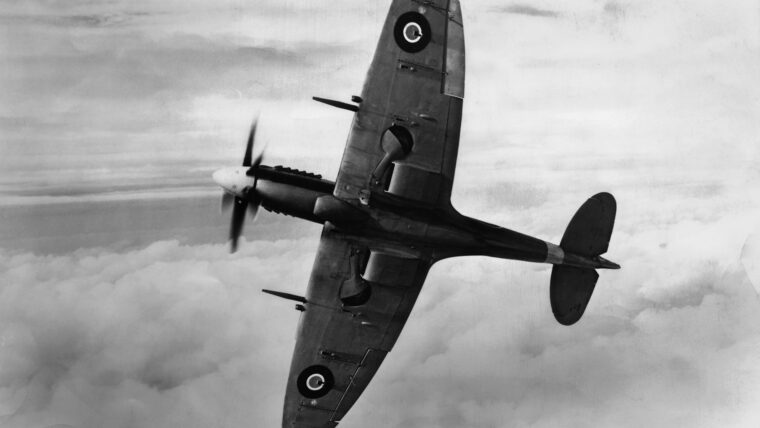
Gerald “Zulu” Lewis peered from his Hurricane and spotted 20 German Bf-110s circling with a heavy escort of fast and deadly Bf-109 fighters over Redhill, south of London. Read more
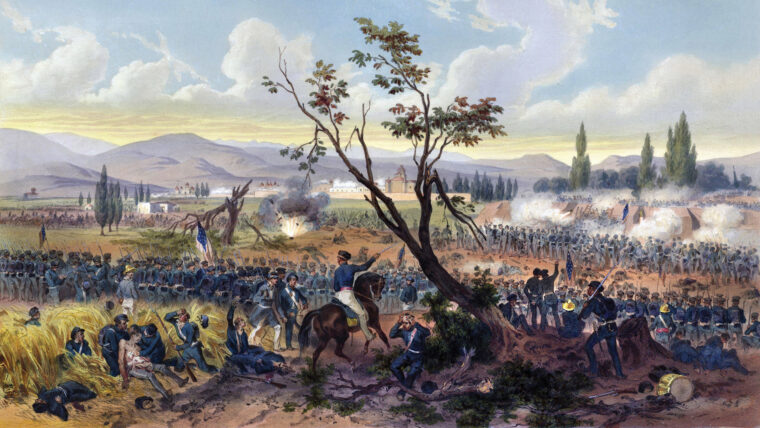
U.S. General Winfield Scott’s army climbed through the mountains of central Mexico, an arduous trek that included blistering hot days and bitterly cold, rain-drenched nights. Read more
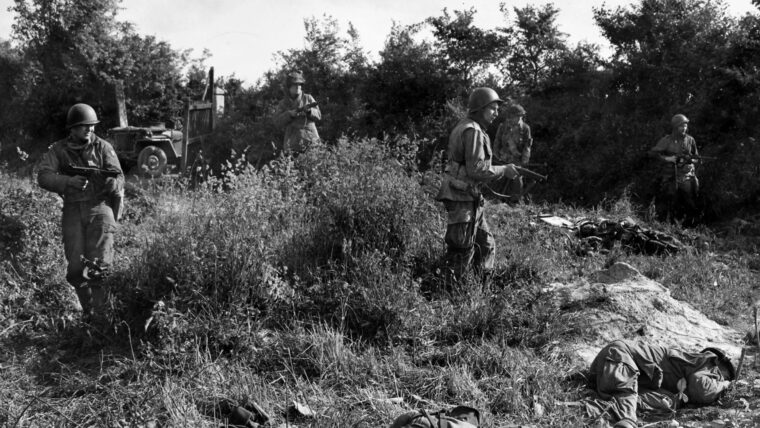
The two exits from the American landing zones at Utah Beach were entrusted to the 502nd Parachute Infantry Regiment, 101st Airborne Division. Read more
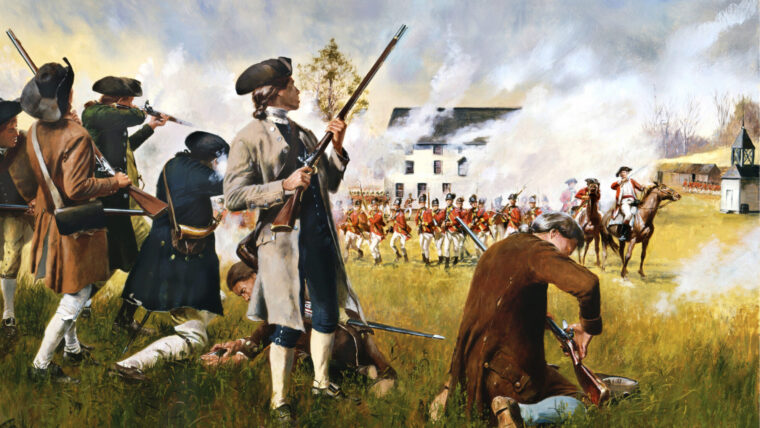
“Soldiers, don’t fire!” In the half light of dawn on April 19, 1775, war was breaking out on a New England town common, and Major John Pitcairn of His Majesty’s Marine Forces was trying to stop it. Read more
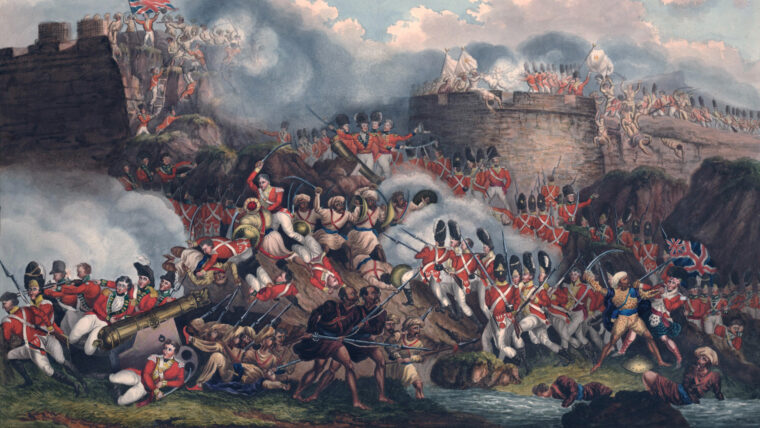
As converging columns of British and native infantry surrounded the inner palace of his capital, Seringapatam, Tipu Sultan did not hesitate. Read more
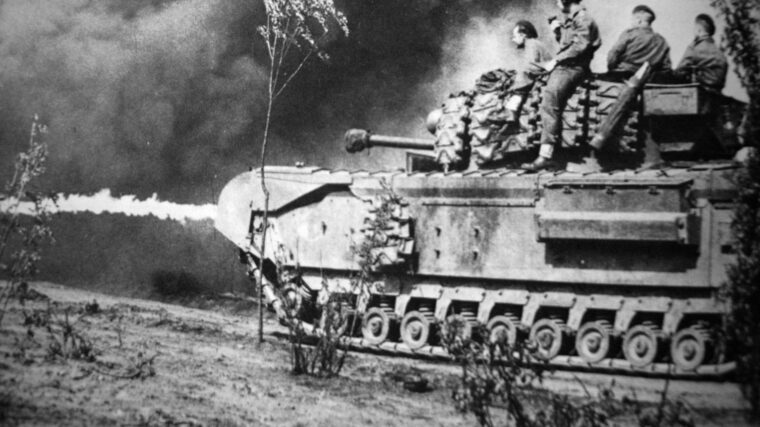
The elite German paratroopers, who were some of the finest fighters in the service of the Third Reich, believed they were exceptionally well prepared to defend the deep water port of Brest on France’s Brittany coast against an impending attack by the Allies. Read more
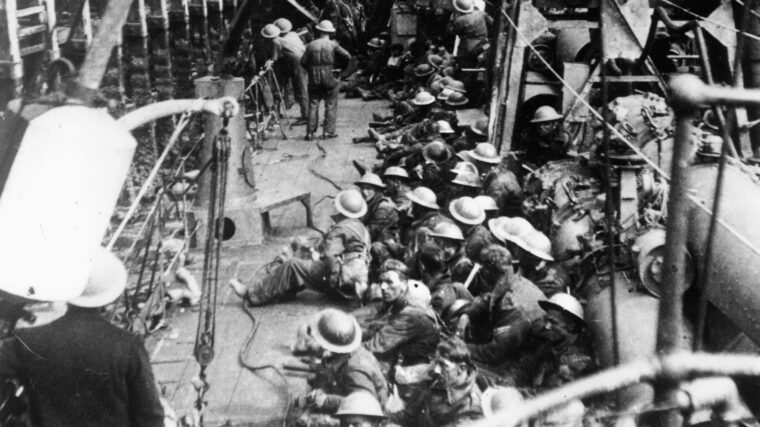
Captain William Tennant stood on the deck of the Wolfhound, grimily observing the progress of a German air raid as his ship approached Dunkirk. Read more
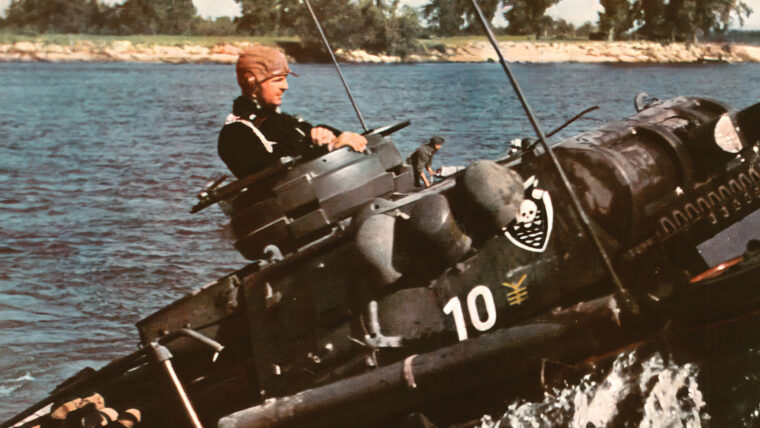
The first time Adolf Hitler ventured into the captured territory of the Soviet Union was six weeks into the campaign on August 4, 1941, when he traveled to Borisov to the headquarters of Army Group Center and its commander, Field Marshal Fedor von Bock. Read more

The Hungarian capital of Budapest is more than just a city. It is actually three cities in one, each with just a bit of unique color and flare. Read more
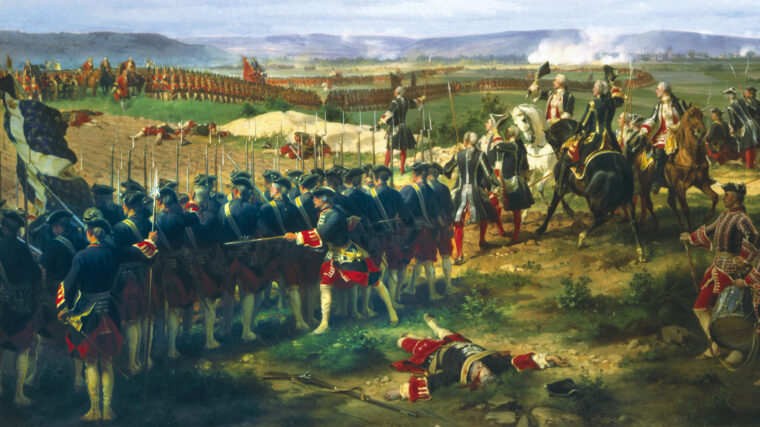
Pikes and most similar pole weapons disappeared from European armies by the early 1700s. After all, bayonets let each man convert his flintlock into a pike that fired bullets. Read more
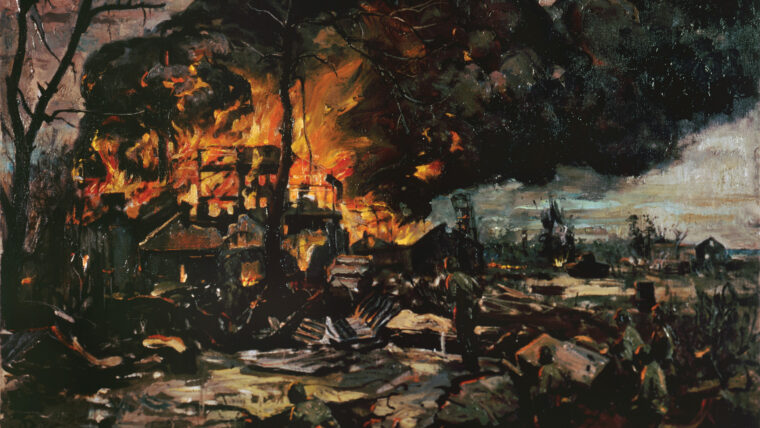
On board one of the transports headed for the island of Saipan in early June 1944, a battalion surgeon gave a group of Marines a lecture on what they could expect when they reached their destination. Read more

The Battle of Gettysburg was the turning point in the American Civil War. Various parts of the battle have been proposed as pivotal moments for the Union victory, such as the successful defense at Little Round Top or Pickett’s failed charge on the final day. Read more
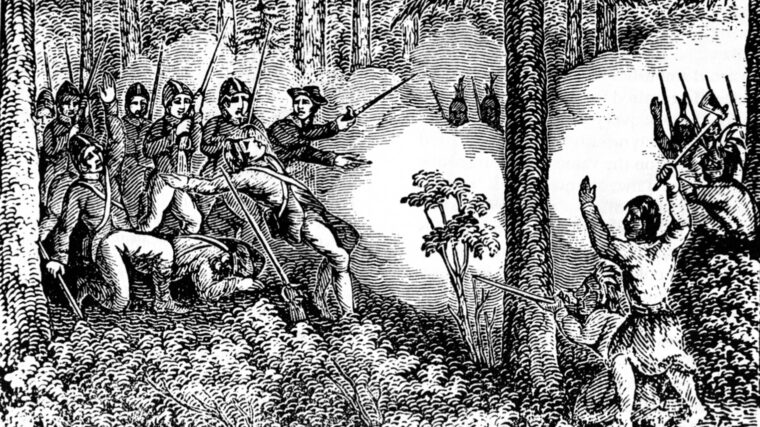
When John Sassamon’s murdered body floated up under the ice of Assawompsett Pond, Plymouth Colony, in January 1675, few Puritan homesteaders could have foretold it would lead to the bloodiest war, per capita, in American history. Read more